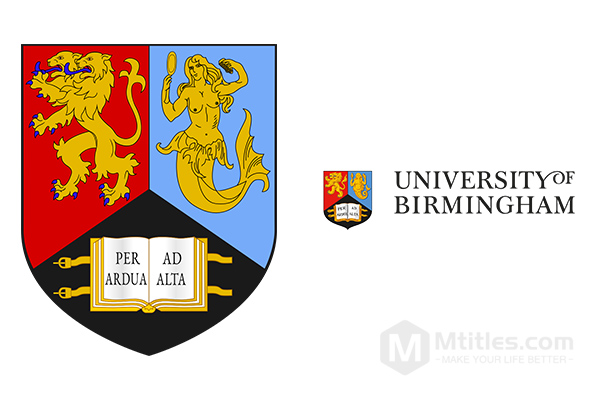How Can We Plan for Retirement? (1)

Americans (55-64) nearing retirement have an average net worth of less than $ 170,000. After retirement, there is no fixed income. With increasing age, physical functions begin to appear in varying degrees. The pension has become a very real problem. How to make a good retirement plan is a question we need to consider when we can still earn income and accumulate wealth. This article will first discuss several sources of fixed income after retirement in the United States.
1. The monthly Social Security Income given by the government
The retirement age in the United States has increased from 62 years to early retirement, 66 to normal retirement age and 70 to late retirement. If you have a ten-year cumulative tax return record in the United States (may be discontinued), you will be eligible to receive social security payments from the government after retirement. The Social Security Fund amount ranges from $ 845 to $ 2640 per month depending on your annual tax filing status (this amount will increase by about 3% per year depending on the statistical inflation rate). Right now, U.S. Social Security benefits can't make ends meet and may not be able to pay all the time.
The early retirement age of 62 years to start receiving a pension, the monthly amount will be 75% of normal retirement. Choose the late retirement age of 70 to start receiving social security benefits and receive 132% of the normal retirement age each month.
2. Another source of income is the business, which sets up company pension accounts for company directors and full-time employees (Define a contribution plan such as 401k and Define a pension plan such as Pension)
The main advantages of a retirement savings account set up by a company are as follows:
a)The company provides grants of 3% to 12% of annual income or more each year. The company will subsidize 3 to 12% of the annual income of the company's managers and employees each year. For example, if an employee earns US $ 50,000 each year, the company will put between $ 1,500 and $ 6,000 each year in the employee's pension account as the employee's source of income after retirement.
b) Employees can also choose to invest part of their income in the company's pension account. This part of the money invested does not need to pay personal income tax for the year, and the investment profit does not need to pay tax. Taxes are paid at the post-retirement tax rate only when collected after retirement.
c) Even if the business goes bankrupt or changes jobs, there will be no loss of money in the business pension account. When a legal dispute requires compensation, the money will not flow to others. This is why many doctors choose to start receiving money from 401k only 2 years after retirement because there is a 2 year prosecution period, after two years there is no risk of appeal by the patient for medical malpractice two years ago.
3. The third source of income is the personal pension account (IRA, Roth IRA)
Against the company's pension account. In addition to the 3% -12% of the subsidy provided by the company, the individual provident account benefits from the same advantages as b and c as the provident account made available by the company.







